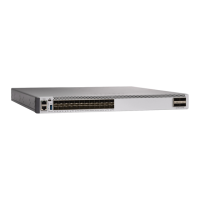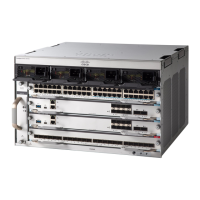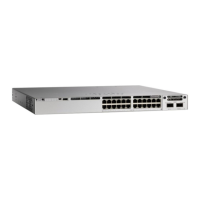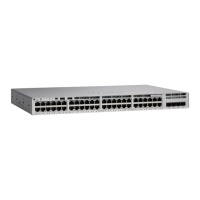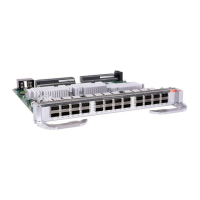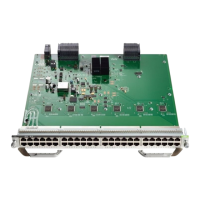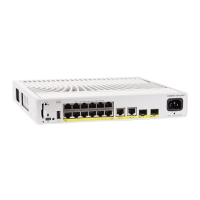Displays OSPF-related interface
information.
show ip ospf interface [interface-name]
Displays OSPF interface neighbor
information.
show ip ospf neighbor [interface-name] [neighbor-id] detail
Displays OSPF-related virtual links
information.
show ip ospf virtual-links
Configuration Examples for OSPF
Example: Configuring Basic OSPF Parameters
This example shows how to configure an OSPF routing process and assign it a process number of 109:
Device(config)# router ospf 109
Device(config-router)# network 131.108.0.0 255.255.255.0 area 24
Information About EIGRP
Enhanced IGRP (EIGRP) is a Cisco proprietary enhanced version of the IGRP. EIGRP uses the same distance
vector algorithm and distance information as IGRP; however, the convergence properties and the operating
efficiency of EIGRP are significantly improved.
The convergence technology employs an algorithm referred to as the Diffusing Update Algorithm (DUAL),
which guarantees loop-free operation at every instant throughout a route computation and allows all devices
involved in a topology change to synchronize at the same time. Routers that are not affected by topology
changes are not involved in recomputations.
IP EIGRP provides increased network width. With RIP, the largest possible width of your network is 15 hops.
Because the EIGRP metric is large enough to support thousands of hops, the only barrier to expanding the
network is the transport-layer hop counter. EIGRP increments the transport control field only when an IP
packet has traversed 15 routers and the next hop to the destination was learned through EIGRP. When a RIP
route is used as the next hop to the destination, the transport control field is incremented as usual.
EIGRP Features
EIGRP offers these features:
•
Fast convergence.
•
Incremental updates when the state of a destination changes, instead of sending the entire contents of
the routing table, minimizing the bandwidth required for EIGRP packets.
•
Less CPU usage because full update packets need not be processed each time they are received.
•
Protocol-independent neighbor discovery mechanism to learn about neighboring routers.
Routing Configuration Guide, Cisco IOS XE Everest 16.6.x (Catalyst 9500 Switches)
104
Configuring IP Unicast Routing
Configuration Examples for OSPF

